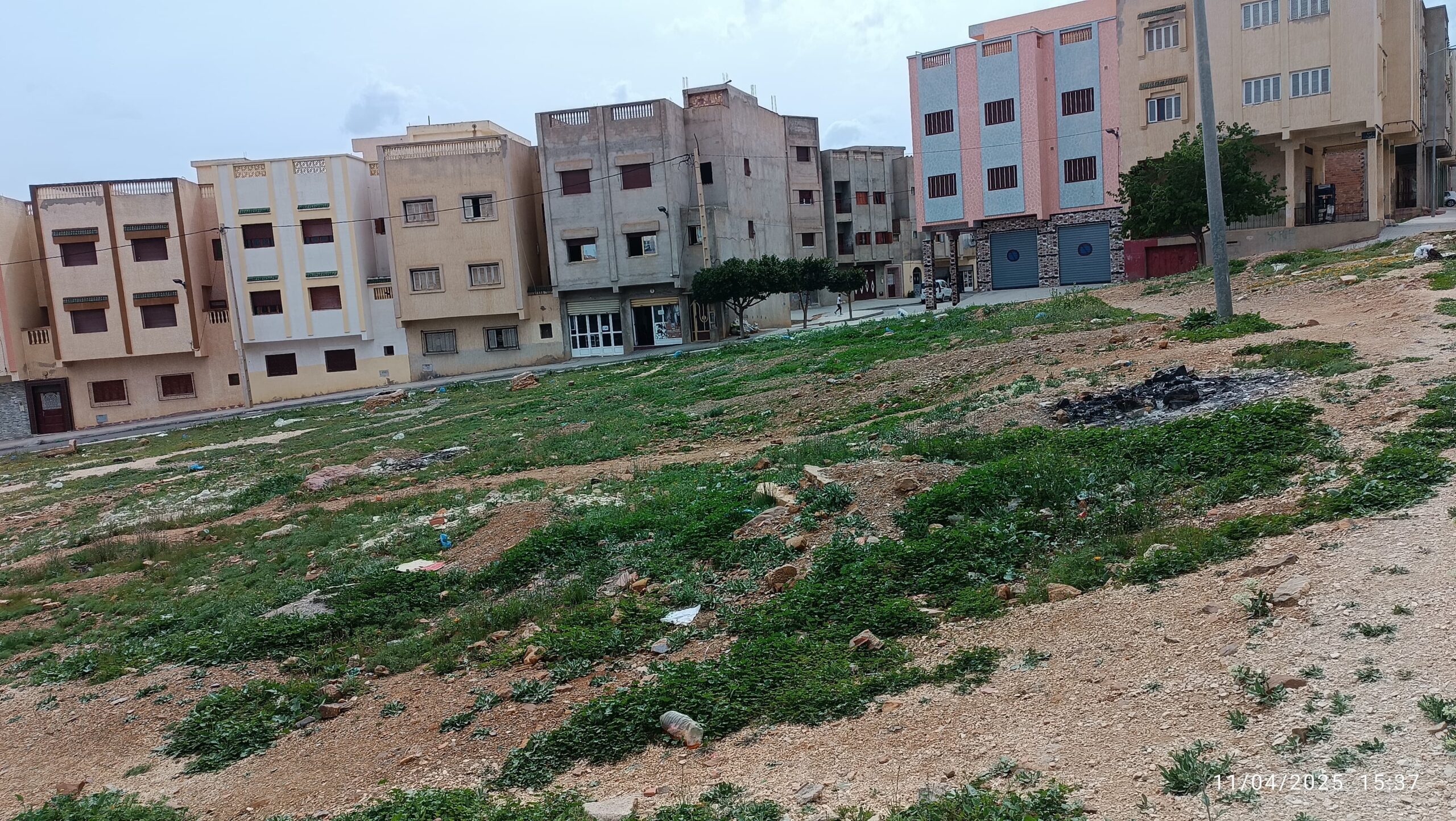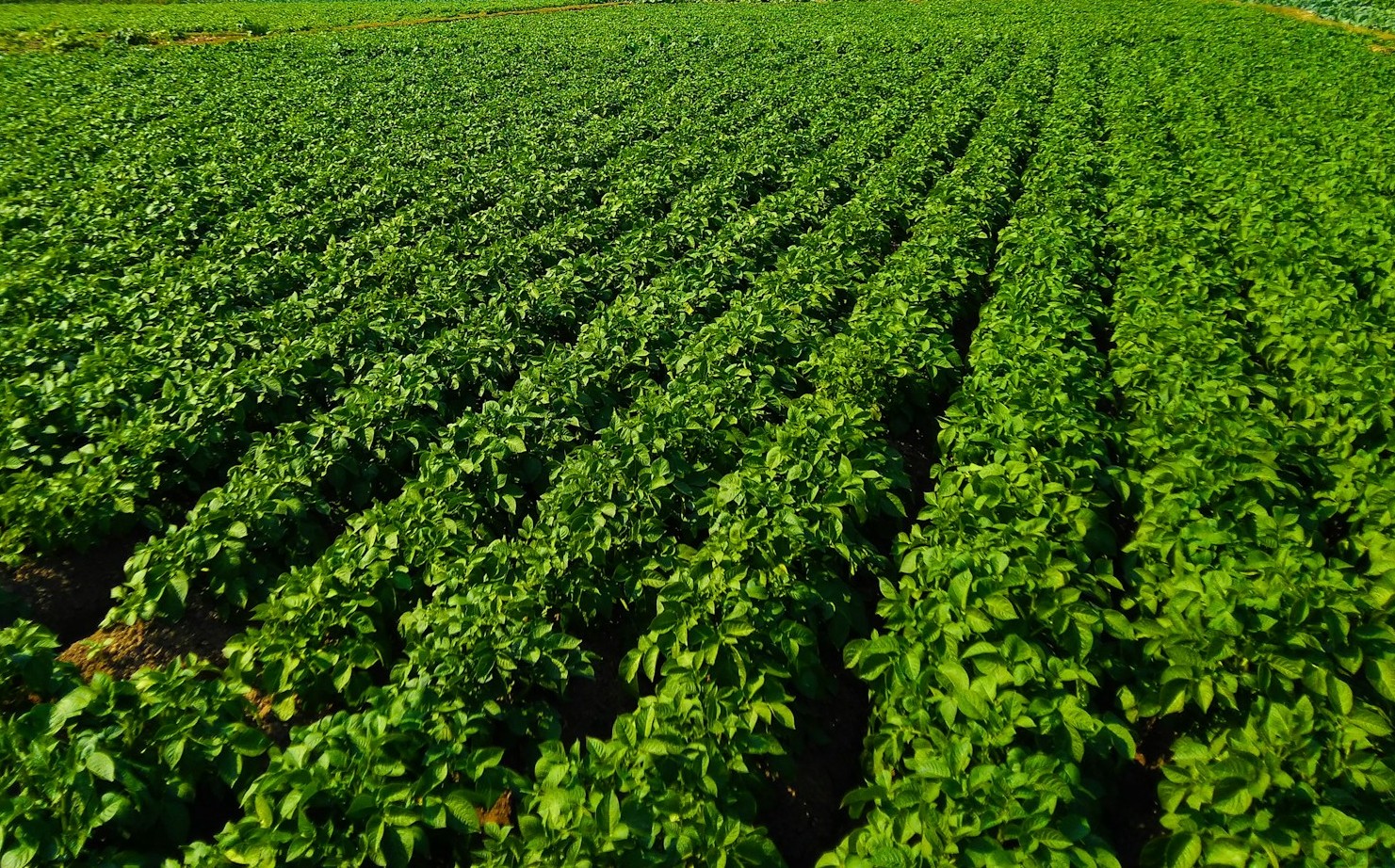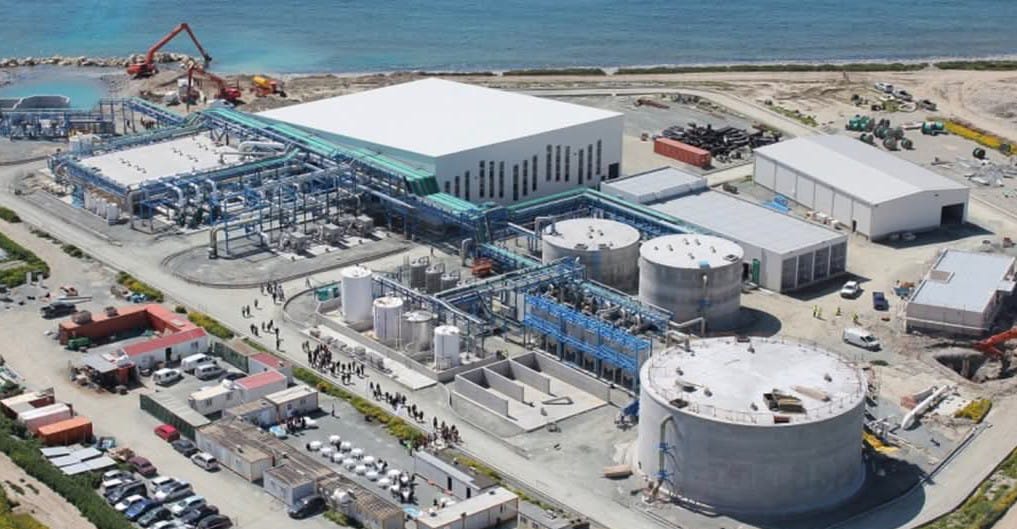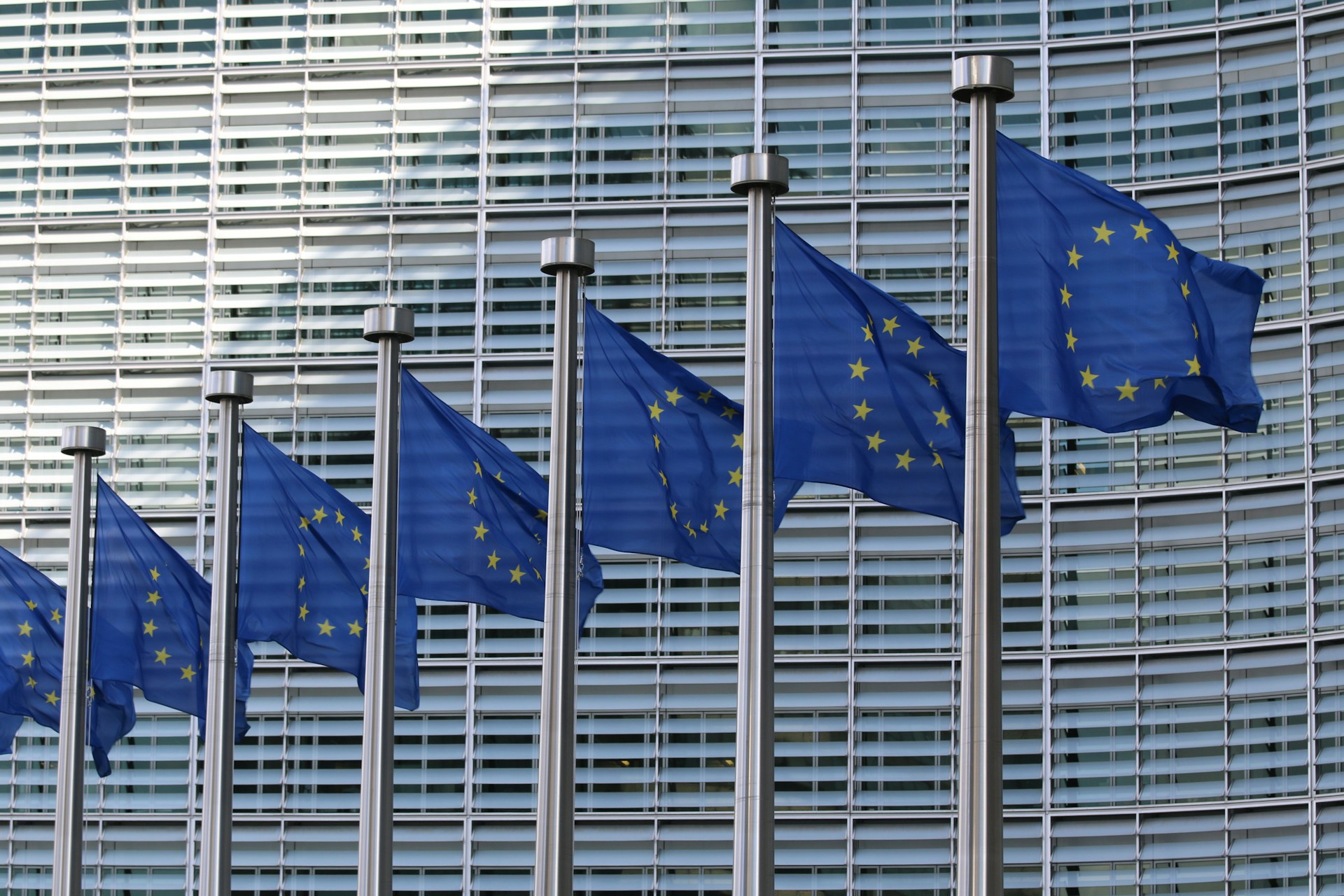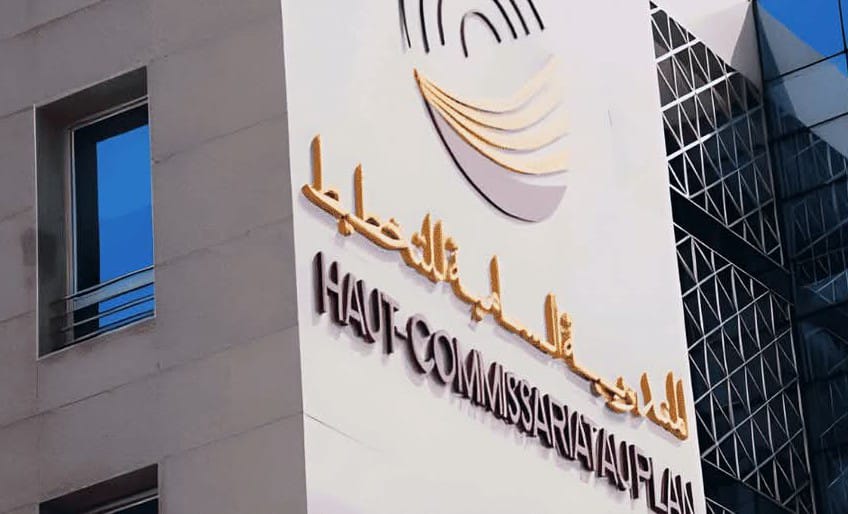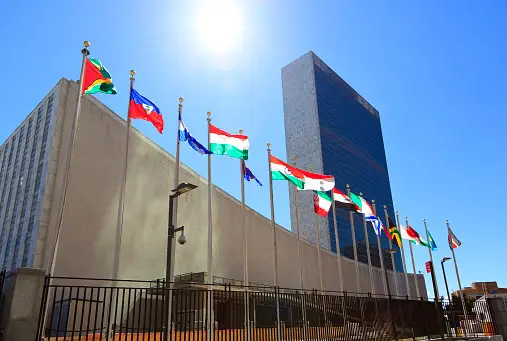Casablanca – According to recent data, Morocco has become the world’s second-largest importer of dates, following India. The country imported 130,000 tons of dates between October 2023 and March 2024, as reported by East Fruit, a platform specializing in monitoring fruit and vegetable markets.
East Fruit noted that Morocco’s date imports during this period are almost equivalent to those of the previous season. However, this volume surpasses the average imports over the past three seasons (2017-2020). The platform also projected that the total import volume for the current season would be slightly lower than the previous season due to an increase in local production. The Moroccan Ministry of Agriculture had earlier announced a plan to boost local date production.
East Fruit identified two main reasons Morocco may not surpass the import figures from the 2022/23 season. First, local date production increased by 7% in 2023, reaching 115,000 tons, according to the Ministry of Agriculture. Second, the peak period for date imports coincides with Ramadan, when consumption spikes. Since the timing of Ramadan changes yearly, the import volumes adjust accordingly. In the 2023/24 season, the peak import period occurred in February, suggesting that the remaining months will likely see lower import volumes compared to the previous season.
Dates are the most imported fruit or vegetable in Morocco, with about 90% of imports coming from four countries: the UAE, Egypt, Tunisia, and Algeria, according to the platform. The UAE is currently the leading supplier, but Egypt may surpass the UAE this season due to a significant increase in its total exports. Egypt set a record for date exports to Morocco in the 2022/23 season and has already exceeded that record by supplying 33,000 tons of dates between October 2023 and March 2024.
The Ministry of Agriculture, Fisheries, Rural Development, Water, and Forests plans to plant 5 million palm trees by 2030, using adapted varieties. This includes 3 million trees to intensify plantations in traditional oases and 2 million trees to expand areas outside the oases. Minister of Agriculture, Fisheries, Rural Development, Water, and Forests, Mohamed Sadiki, stated that the date marketing strategy, part of the second pillar of the Green Generation Strategy, aims to increase date sales in the coming years. This will improve producers’ income while considering the rapidly evolving demand, especially due to the digital revolution.
In response to a parliamentary question about “supplying the national market with dates at reasonable prices,” the minister added that the Green Generation Strategy aims to export 70,000 tons of dates, representing 30% of national production by 2030. The strategy also seeks to establish four date marketing platforms and develop e-commerce to market 10% of national date production, along with enhancing commercial and promotional measures for exports.
Efforts have increased date production to between 145,000 and 150,000 tons in recent years. However, drought has affected this year’s production, which did not exceed 108,000 tons nationwide. This decline in local production is due not only to low rainfall and drought but also to summer fires in some oases, which directly impacted the supply and demand in the date market.
Despite challenges in local production, Morocco remains a significant player in the global date market, both in terms of imports and increasing local production. With strategic plans in place, the country aims to balance its import needs with boosted local production to meet growing demand, especially during peak periods like Ramadan.








